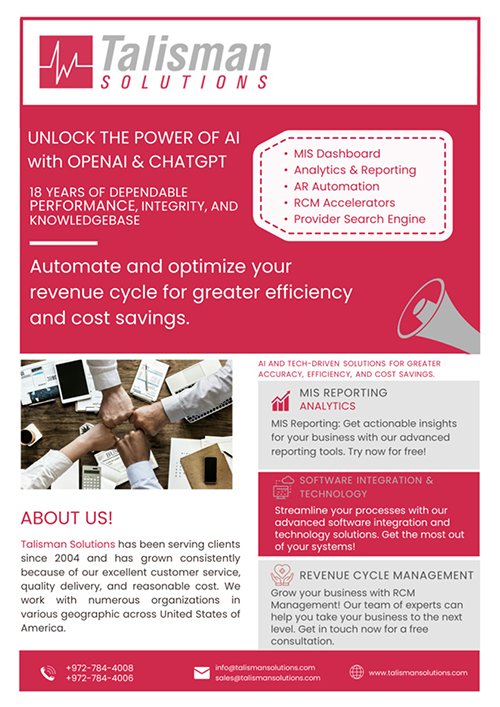Effective January 1, 2021, major changes were made to the evaluation and management (E/M) services Current Procedural Terminology CPT® code set and reporting guidelines to reduce documentation burdens, simplify coding, and allow physicians to spend more time with patients. Unfortunately, some health plans are disputing E/M levels for submitted claims and implementing E/M downcoding programs that inappropriately – and often automatically, through claim editing algorithms – reduce payment for provided services.
The AMA recently published “Payer evaluation and management (E/M) downcoding programs: what you need to know,” a new resource designed to support physician practices in navigating such payor E/M downcoding programs. The document offers examples of common downcoding scenarios, sample plan communications regarding these programs, and tips for how to identify downcoding on the remittance advice.
[ ADVERTISEMENT: Story continues below. ]
The resource provides guidance to practices seeking to appeal inappropriate payor downcoding, including a sample appeal letter for E/M visit downcoding (also available in an editable format on the AMA website). Based on the premise that “the best defense is a strong offense,” tips for properly documenting E/M level selection based on either medical decision-making or time spent on the date of the encounter are outlined.
In addition to offering this tool to help individual practices combat unfair health plan downcoding policies, the AMA also works at a broader, national level to advocate against unwarranted E/M payment reductions according to the following principles:
- Outliers only: The AMA does not support blanket downcoding initiatives. Any downcoding program should only target true outlier physicians whose coding patterns differ significantly from those of their same-specialty peers.
- Education first: Prior to any payment reduction, health plans should first seek to educate practices with correct coding information.
- Medical record review: The AMA maintains that it is never appropriate for a health plan to automatically downcode a claim without first requesting and reviewing supporting clinical documentation.
- Advance notice: Any physician subject to an automatic downcoding program should be notified in advance.
- Clear communication: Health plans that downcode claims should provide the practice with clear remittance advice; written notification of the adjustment, including the specific clinical rationale for the decision; and a statement describing the process for appeal.
To track health plans’ downcoding programs and support continued advocacy on behalf of physician practices, the AMA has created an informational survey. For more resources to help physician practices fight for proper payment and appeal inappropriate denials, visit the AMA website.

